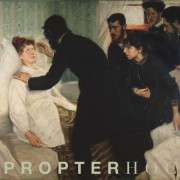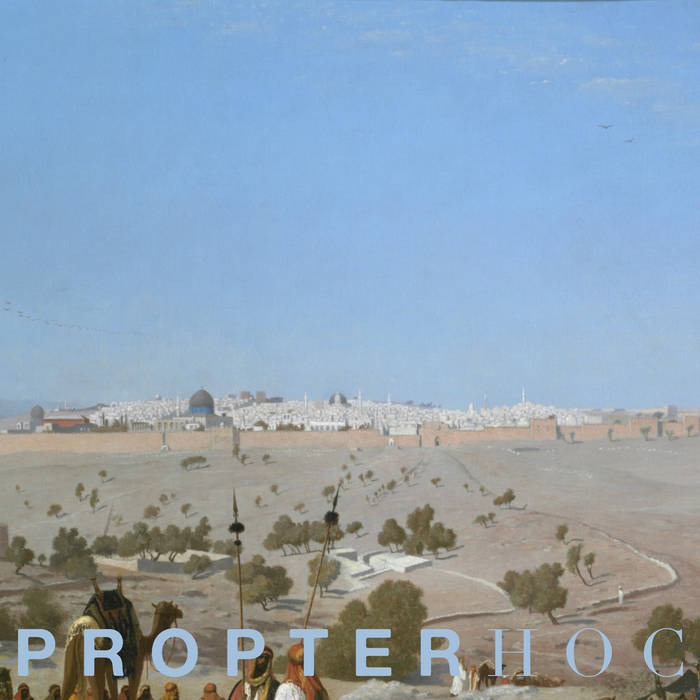Joan Didion famously wrote “we tell ourselves stories in order to live,” but more often it’s other people telling us the stories, which we choose to believe or to disbelieve. Faith is powerful, even when it’s misplaced or misdirected, and stories have consequences. Contradictory stories sew division and conflict, stories revealed to be fiction can result in cognitive dissonance.
|
This EP and its title track take their name from ‘Enemy of the Sun’ by Palestinian poet Samih al-Qasim, first published in 1970. The fact that it is perhaps even more relevant today makes it easy to be despondent, but reading poets like al-Qasim and June Jordan can at least offer some moral clarity and a direction of travel. In Andrei Tarkovsky’s ‘Nostalghia,’ the character Domenico is trying to carry a lit candle across the length of a mineral pool without the wind blowing it out, believing that if he can make it, the world will be saved. The task seems almost impossible, but sometimes persistence is the only available option. The album features a compelling selection of remixes by kindred spirits in the underground electronic scene. Kris Baha, SIIE, Unconscious, JG Outsider, and A State of Flux each bring a unique lens to Decrow’s original tracks, reshaping them into hypnotic, club-ready incarnations that pulse with fresh intensity. Complementing the reworks are three brand new compositions that showcase Decrow’s continued growth as a producer and sonic storyteller. These tracks expand his signature sound – deeply atmospheric, rhythmically intricate, and emotionally charged – proving that his restless imagination knows no bounds. “ACMÉ” is an exploration of introspection, delving into the universal pursuit of balance and intensity that defines different moments in our lives. With French lyrics, it captures the fleeting instant when everything aligns—not as something that fades, but as a pulse that continues to echo, shaping what comes next. |





